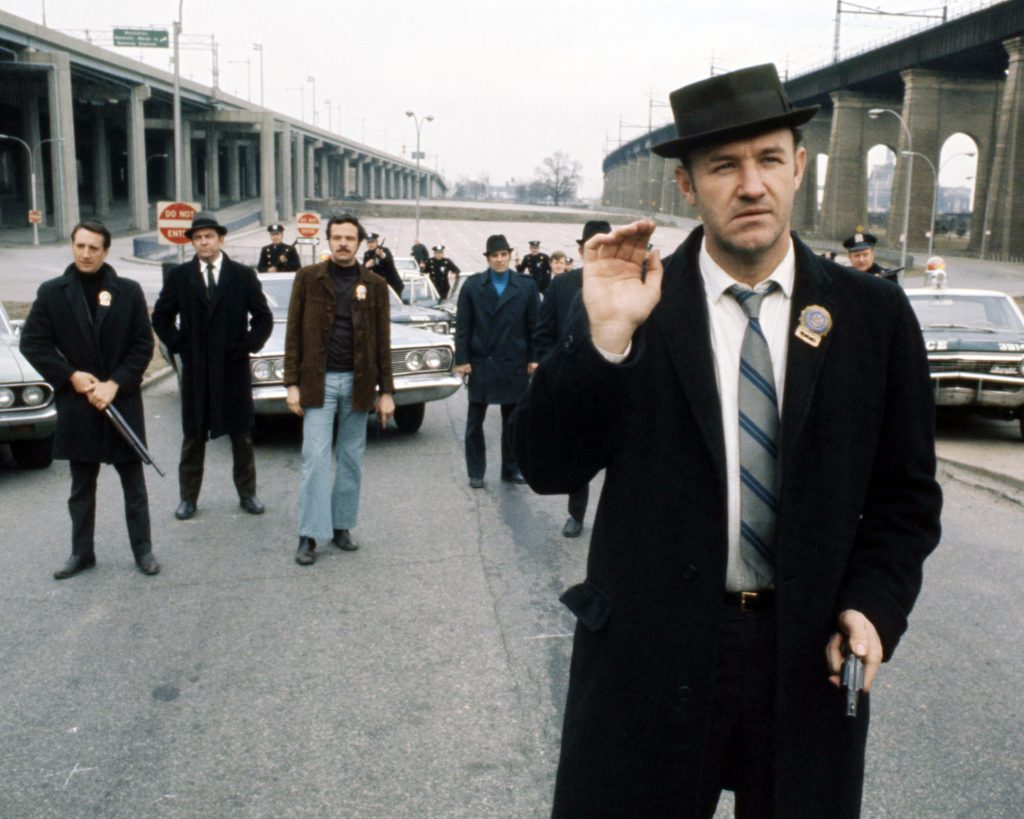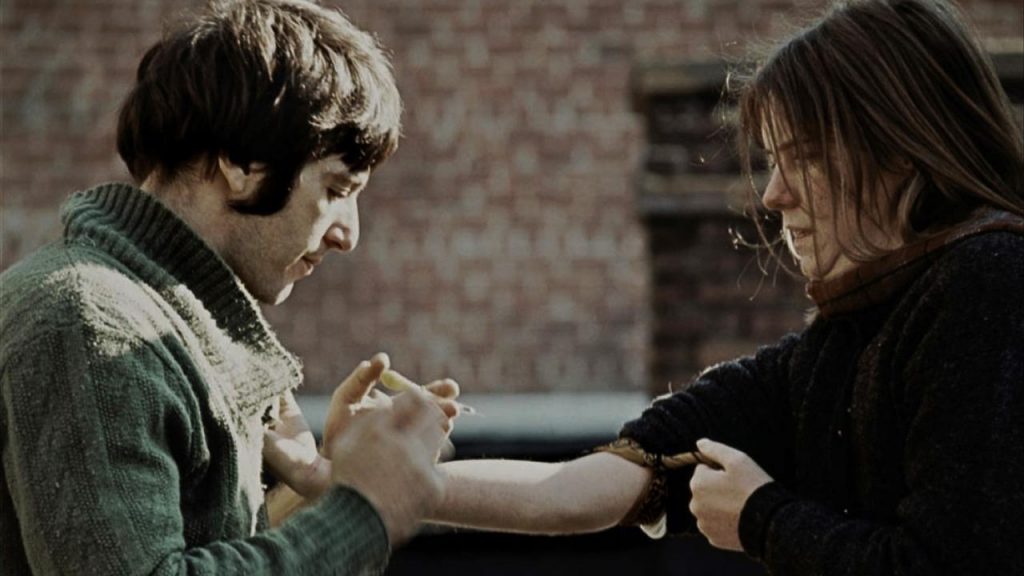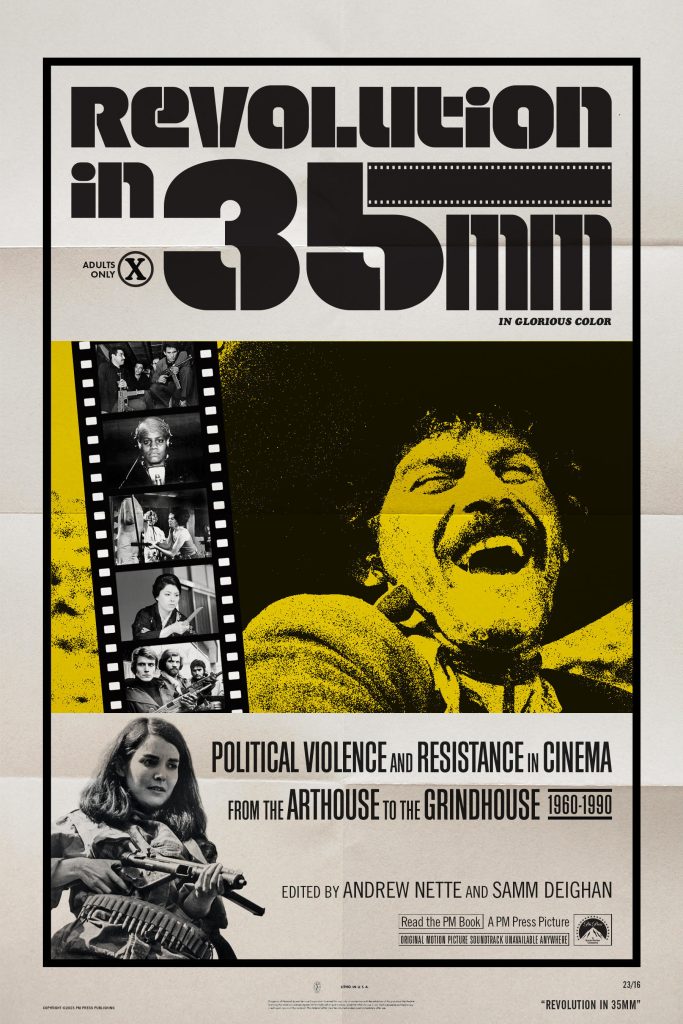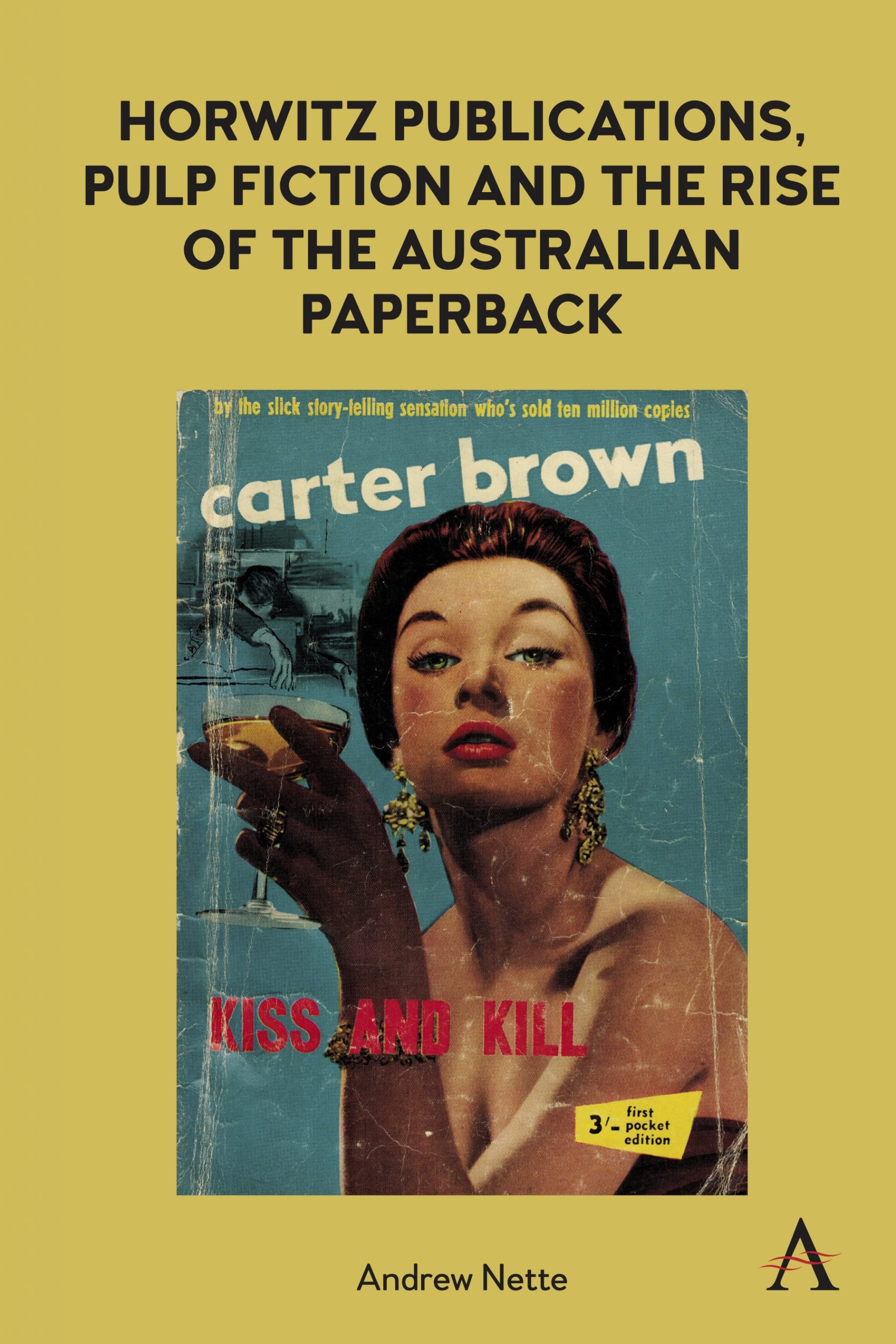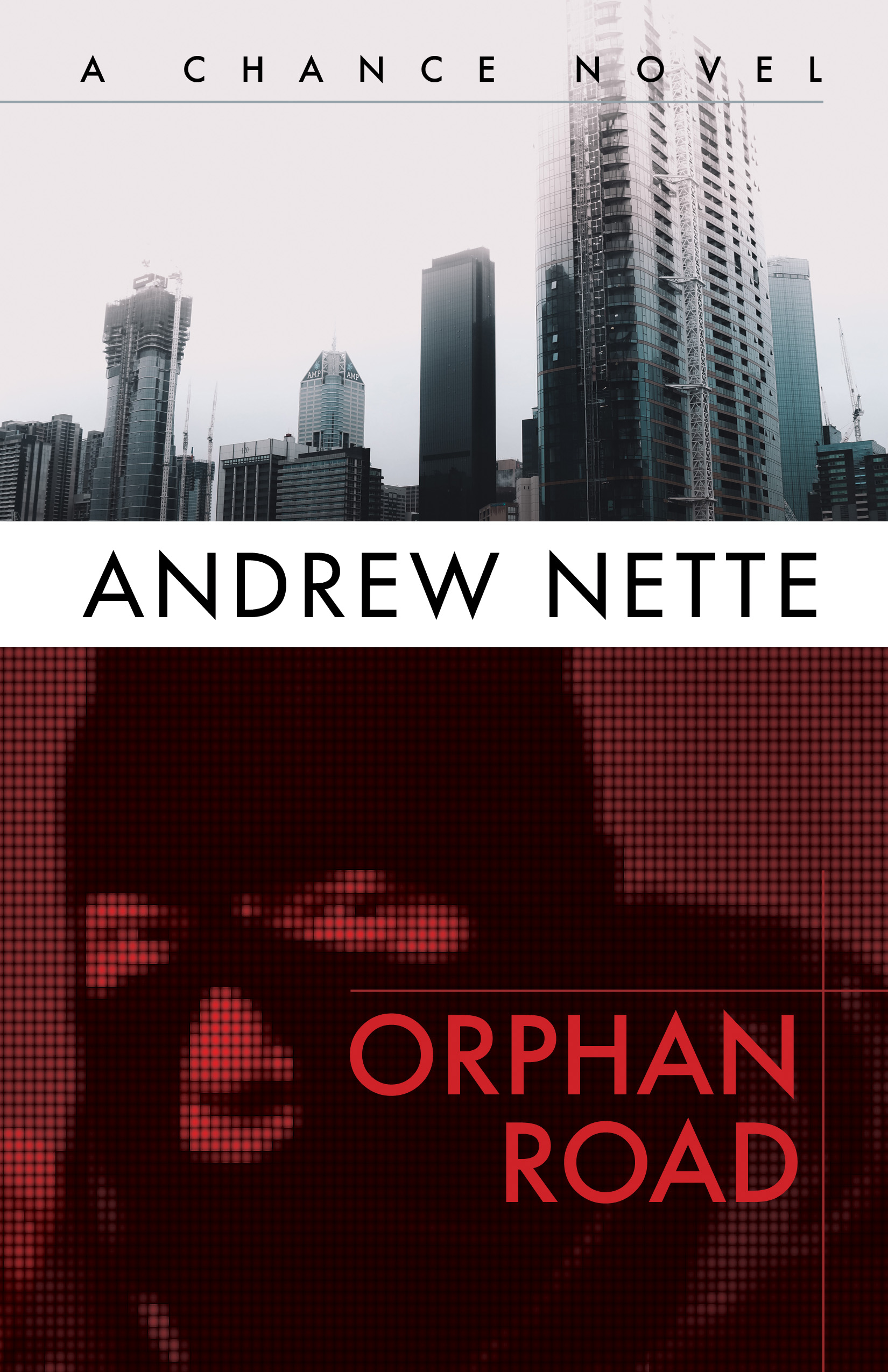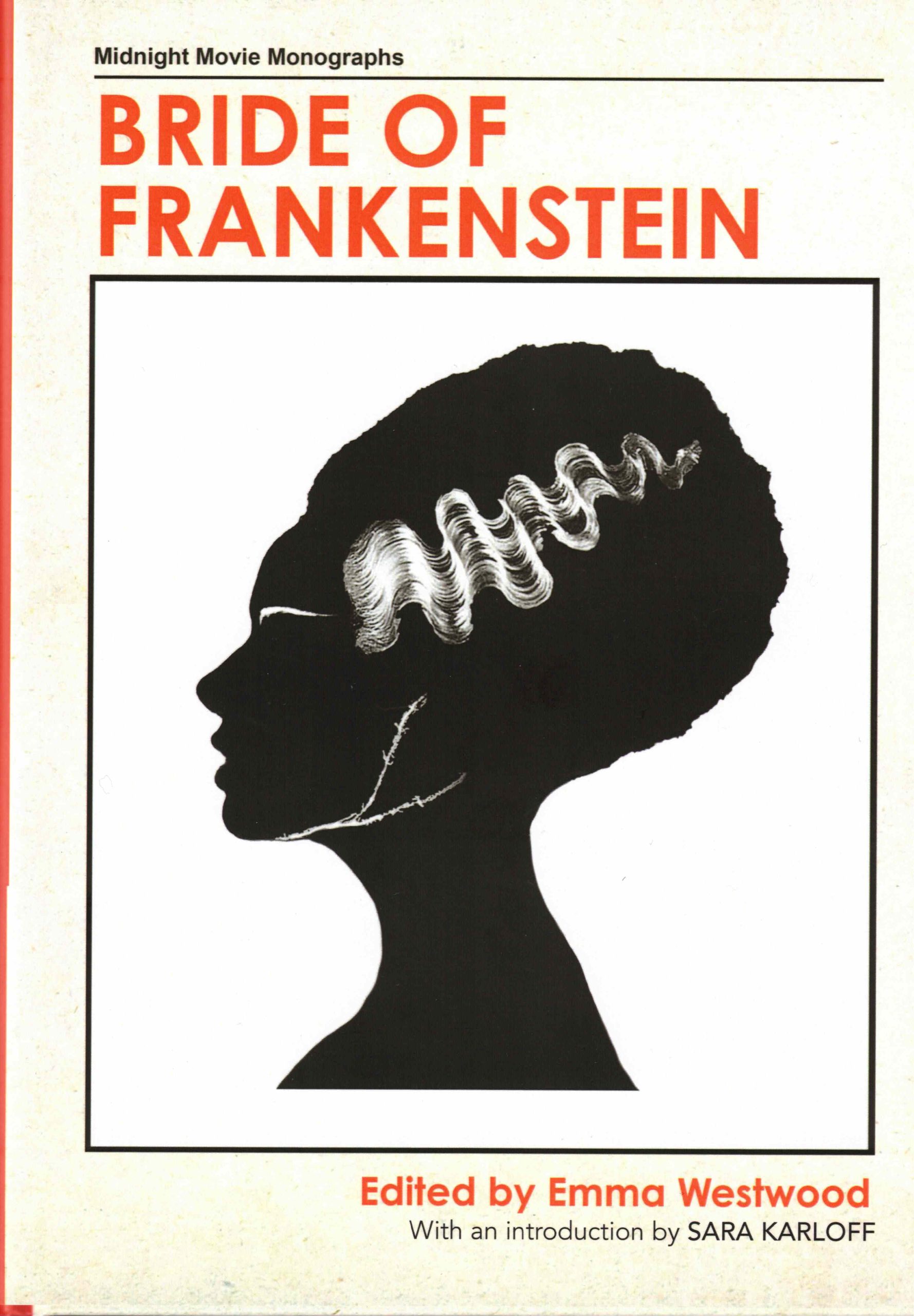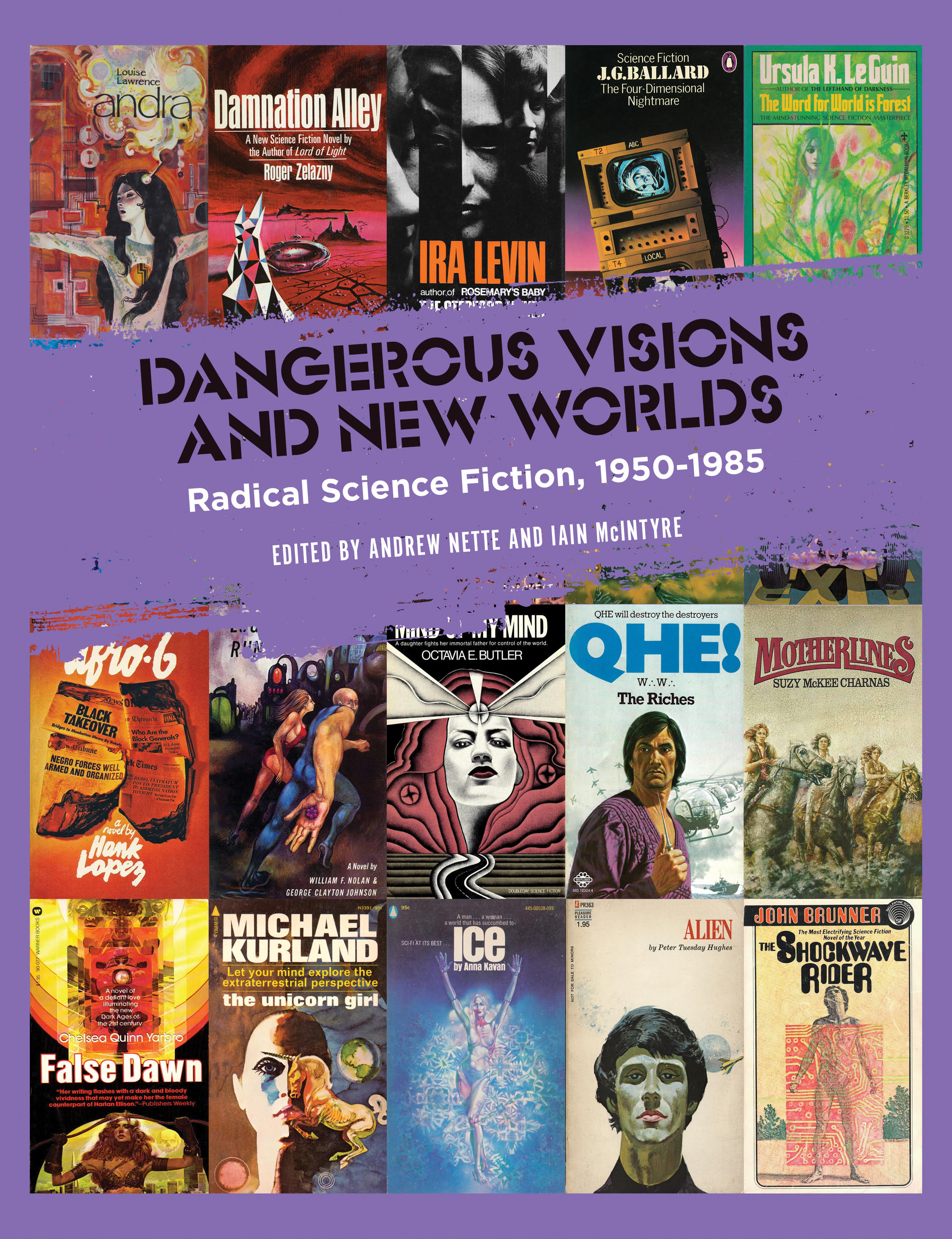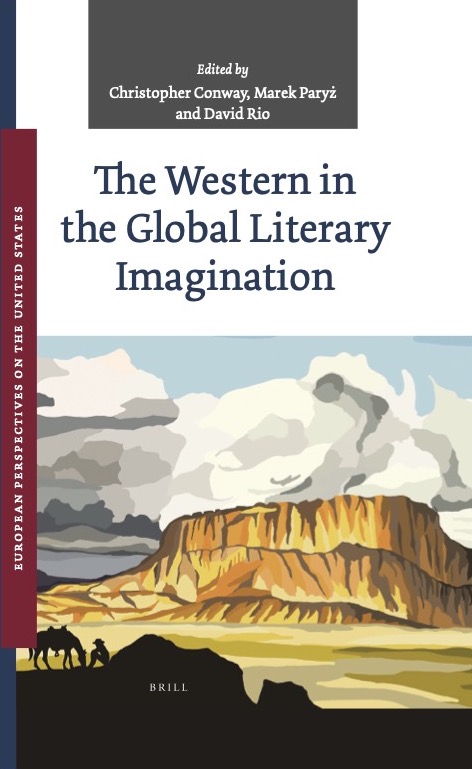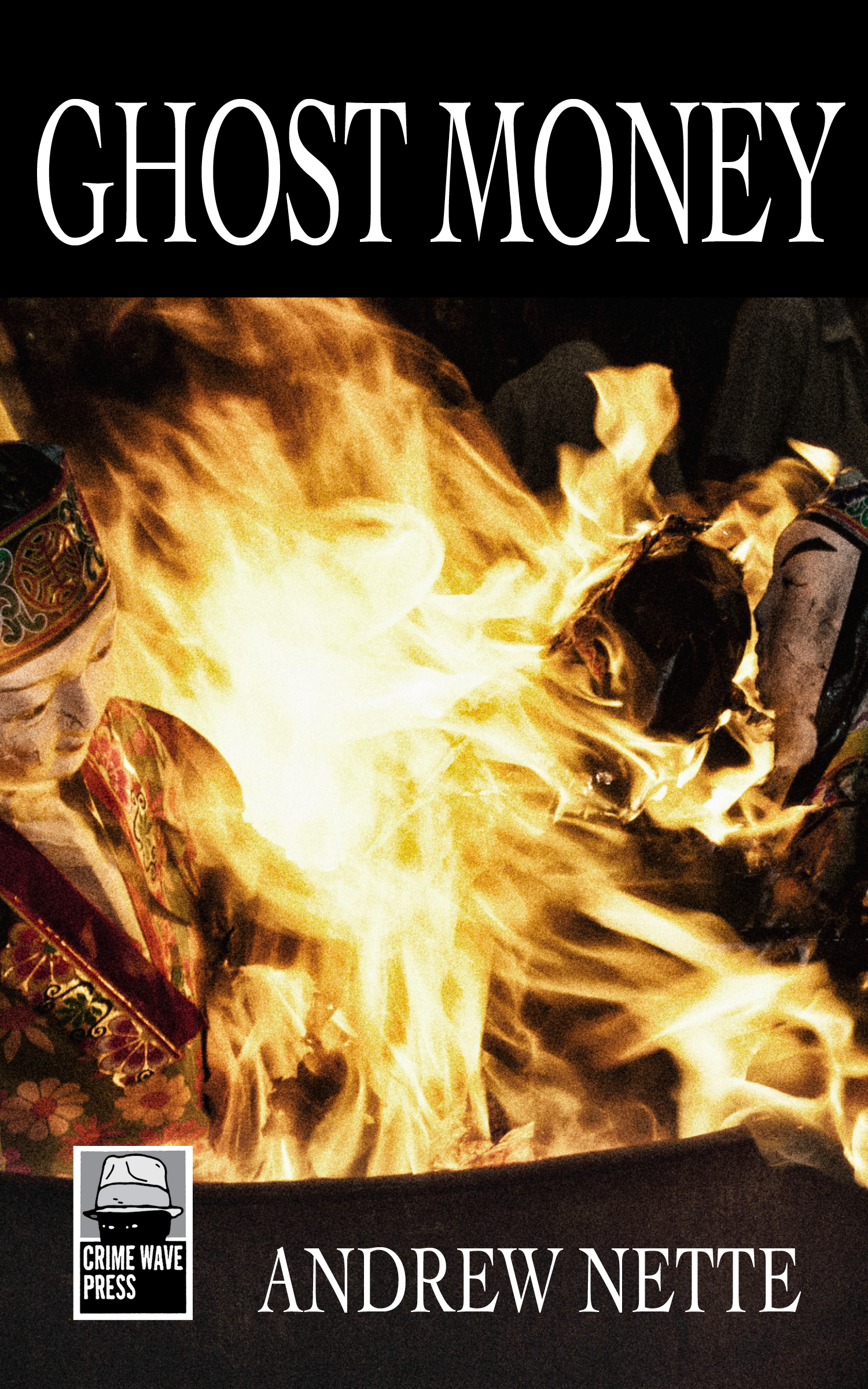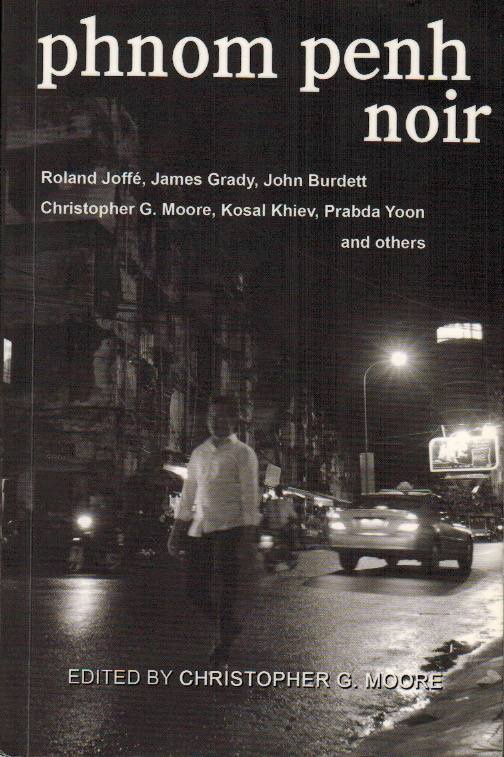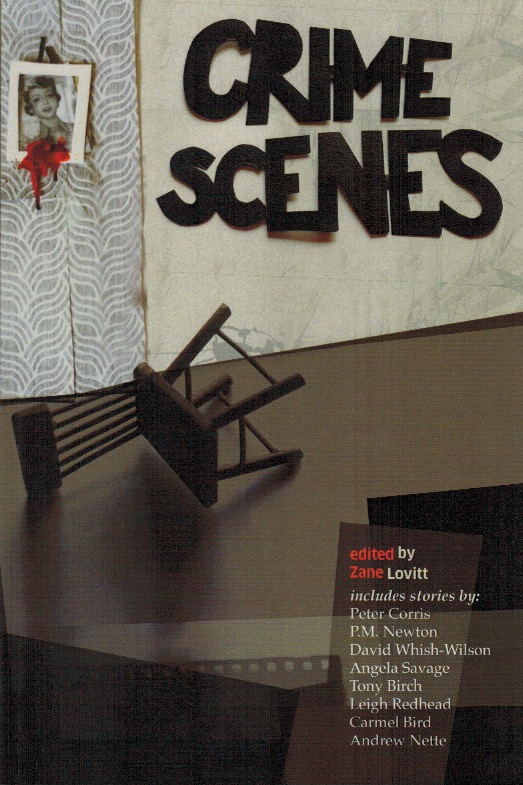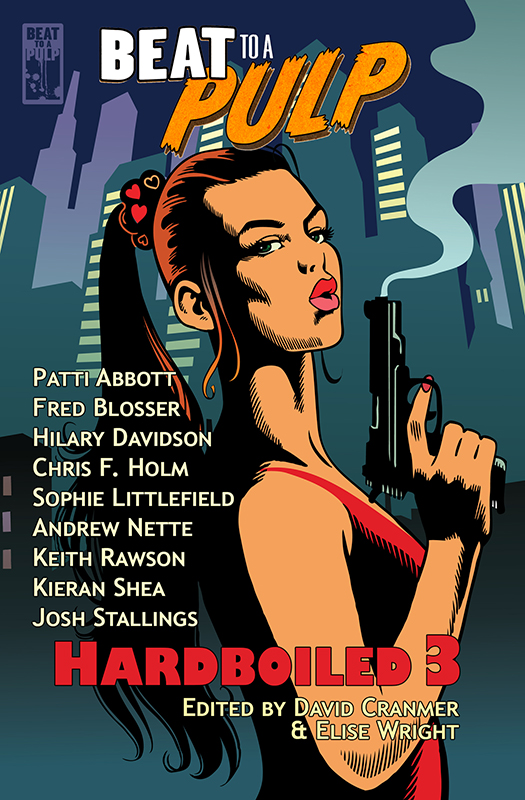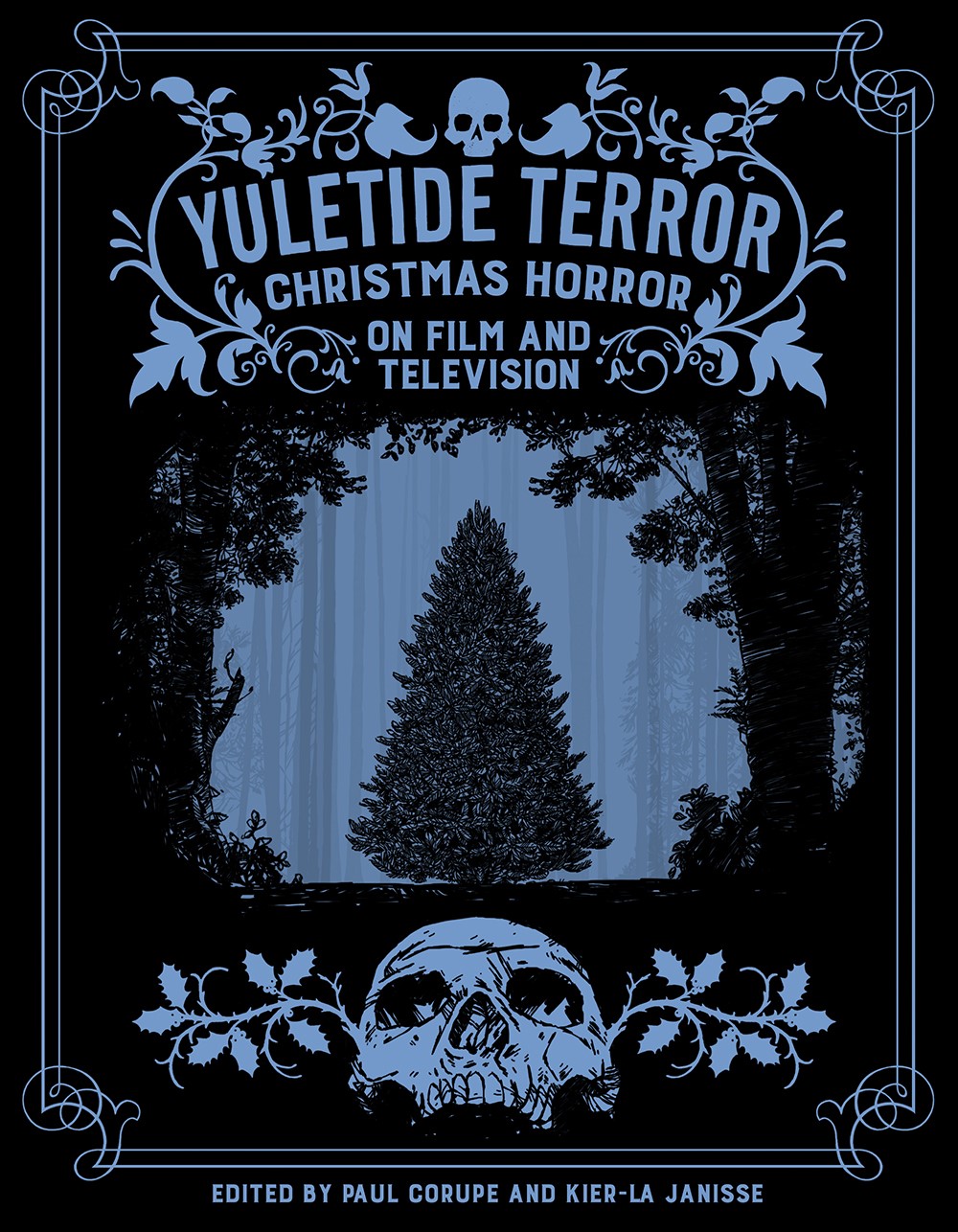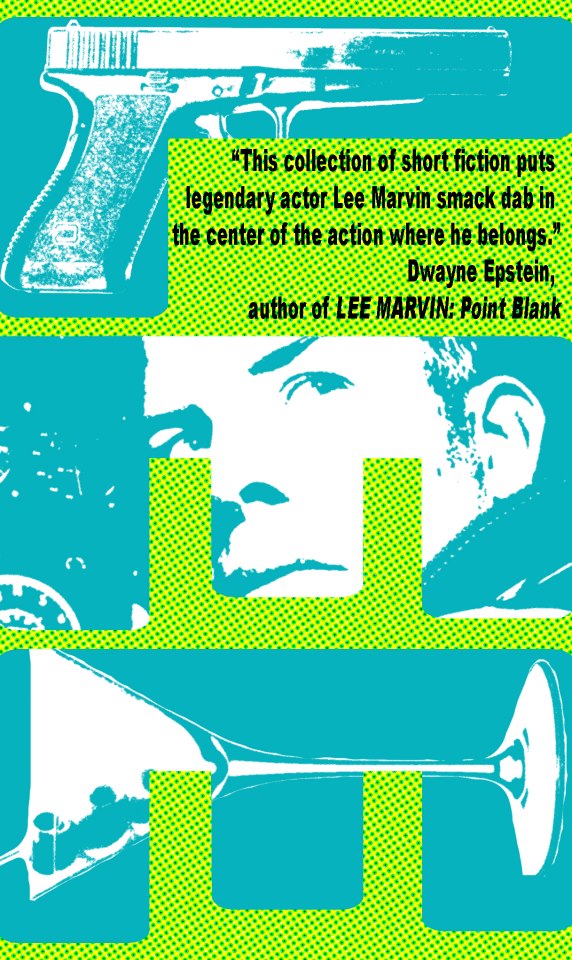Search
-
Recent Posts
- Dishing up Pulp Curry in a new way: why I am starting a Substack newsletter
- Book reviews: Deadly dames, midcentury Brit pulp and 1970s science fiction
- Mackenna’s Gold (1969): Gold, Ghosts and Frontier Violence
- Orphan Road book launch
- Orphan Road now available
- Pre-orders open for my new novel, Orphan Road
- Cover reveal: Orphan Road, my follow up to Gunshine State
- Breakfast in the Ruins podcast: New English Library Bikermania
- Why 1973 was the year Sidney Lumet took on police corruption
- Men’s Adventure Quarterly: Gang Girls issue
Categories
- 1960s American crime films
- 1970s American crime films
- 1980s American crime films
- 1990s American crime films
- Adrian McKinty
- Albert Dekker
- Andre De Toth
- Angela Savage
- Angie Dickinson
- Anthony Zerbe
- Asian noir
- Australian crime fiction
- Australian crime film
- Australian noir
- Australian popular culture
- Australian pulp fiction
- Australian television history
- Ava Gardner
- Beat culture
- Belmont Tower Books
- Ben Wheatley
- Billie Whitelaw
- Black pulp fiction
- Blaxsploitation
- Book cover design
- Book Reviews
- British crime cinema
- British pulp fiction
- Bryan Brown
- Burt Lancaster
- Carter Brown
- Charles Durning
- Charles Willeford
- Chester Himes
- Christopher G Moore
- Christopher Lee
- Cinema culture
- Claude Atkins
- Coronet Books
- Crawford Productions
- Crime Factory
- Crime Factory Publications
- Crime fiction
- Crime fiction and film from Africa
- Crime fiction and film from Cambodia
- Crime fiction and film from China
- Crime fiction and film from India
- Crime fiction and film from Indonesia
- Crime fiction and film from Japan
- Crime fiction and film from Laos
- Crime fiction and film from Latin and Central America
- Crime fiction and film from Malaysia
- Crime fiction and film from New Zealand
- Crime fiction and film from Scandinavia
- Crime fiction and film from Singapore
- Crime fiction and film from South Korea
- Crime fiction and film from Thailand
- Crime fiction and film from the Philippines
- Crime Fiction and film set in Vietnam
- Crime film
- Dangerous Visions and New Worlds Radical Science Fiction 1950 to 1985
- David Goodis
- David Peace
- David Whish-Wilson
- Derek Raymond
- Diana Dors
- Dirk Bogarde
- Don Siegel
- Don Winslow
- Donald Westlake aka Richard Stark
- Dystopian cinema
- Ernest Borgnine
- Eurocrime
- Fawcett Gold Medal Books
- Femme fatale
- Fernando Di Leo
- Filipino genre films
- Film Noir
- Forgotten Melbourne
- French cinema
- French crime fiction
- Garry Disher
- Gene Hackman
- George V Higgins
- Georges Simenon
- Ghost Money
- Giallo cinema
- Gil Brewer
- Girl Gangs, Biker Boys and Real Cool Cats: Pulp Fiction & Youth Culture, 1950-1980
- Gloria Grahame
- Gold Star Publications
- Gregory Peck
- Gunshine State
- Heist films
- Horror
- Horwitz Publications
- Humphrey Bogart
- Ian Fleming
- Interviews
- Ira Levin
- James Caan
- James Crumley
- James Ellroy
- James Hadley Chase
- James Woods
- Jim Brown
- Jim Thompson
- Joel Edgerton
- John Frankenheimer
- Joseph Losey
- Karen Black
- Kerry Greenwood
- Kinji Fukasaku
- Larry Kent
- Laura Elizabeth Woolett
- Lee Marvin
- Leigh Redhead
- Lindy Cameron
- M Emmet Walsh
- Mad Max
- Mafia
- Malla Nunn
- Martin Limon
- Megan Abbott
- Melbourne International Film Festival
- Melbourne Writers Festival
- Men's Adventure Magazines
- Michael Caine
- Michael Fassbender
- Mickey Spillane
- Monarch Books
- Ned Kelly Awards
- Neo Noir
- New English Library
- Newton Thornburg
- Noir Con
- Noir fiction
- Non-crime reviews
- Oren Moverman
- Orphan Road
- Ozsploitation
- Pan Books
- Parker
- Paul Newman
- Peter Boyle
- Peter Corris
- Peter Strickland
- Peter Yates
- Poliziotteschi
- Pulp fiction
- Pulp fiction in the 70s and 80s
- Pulp fiction set in Asia
- Pulp Friday
- Pulp paperback cover art
- Qui Xiaolong
- Raymond Chandler
- Richard Burton
- Richard Conte
- Robert Aldrich
- Robert Mitchum
- Robert Ryan
- Robert Stone
- Rock Hudson
- Roger Smith
- Rollerball
- Rosaleen Norton
- Roy Scheider
- Rural noir
- Sam Levene
- Sam Peckinpah
- Samuel Fuller
- Science fiction and fantasy
- Scripts Publications
- Sidney Lumet
- Sidney Poitier
- Simon Harvester
- Snowtown
- Snubnose Press
- Spies
- Stanley Baker
- Sterling Hayden
- Steve McQueen
- Sticking it the the Man Revolution and Counter Culture in Pulp and Popular Fiction 1950 1980
- Stuart Rosenberg
- Tandem Books
- Tart noir
- Tartan Noir
- Ted Lewis
- Toni Johnson Woods
- True crime
- Vicki Hendricks
- Victor Mature
- Vintage mug shots
- Vintage pulp paperback covers
- Wallace Stroby
- War film
- Westerns
- William Friedkin
- Woody Strode
- Yakuza films
- Yaphet Kotto
Nothing but noir
Recommended reading
The lurid world of pulp
- 20th century Danny Boy
- American Pulps
- Bear Alley
- Bloody, Spicy, Books
- Comics Down Under
- Everything second hand
- Existential Ennui
- Greenleaf Classic Books
- Irv O. Neil's Erotica is My Trade
- Killer Covers
- Lost Classics of Teen Lit 1939-1989
- Luminist Archives
- Men's Pulp Mags
- Mporcius Fiction Log
- Murder, Mayhem and Long Dogs
- Neglected Books
- Nocturnal Revelries
- Paperback Warrior
- Paperbacks of the Gods
- Pop Sensation
- Pulp artists
- Pulp Covers
- Pulp Crazy
- Pulp Flakes
- Pulp International
- Pulp Magazines Project
- Pulp Serenade
- Realms of the Night
- Romance Fiction Has a History
- Rough Edges
- Sin Street Sleaze
- Spy Guys and Gals
- The department of Afro American Research Arts & Culture
- The Dusty Bookcase
- The Haunted World of Richard Sala
- The Moon Lens
- The Nick Carter & Carter Brown Blog
- The Pulp & Paperback Fiction Reader
- Too Much Horror Fiction
- True Pulp Fiction
- Vault of Horror
- Vintage Nurse Romance Novels
- Vintage Romance Novels
- Welcome to the Pan Paperback
- Yellow and Creased
Support This Site
If you like what I do please support me on Ko-fi
Category Archives: Anthony Zerbe
Dishing up Pulp Curry in a new way: why I am starting a Substack newsletter

After much thought I have decided that to experiment with moving the focus of my blogging from this site to a new Pulp Curry Substack newsletter.
Why am I doing this?
The first post on this website appeared on July 2010 (about the incredibly underrated 1979 Australian heist film, Money Movers – you can read the post here). I’ve been writing on the site with varying frequency ever since (579 posts in all), and for the most part have enjoyed it immensely.
But for the last 12 or so months I just haven’t been feeling it – or getting the hits to make it seem worthwhile – and have started to wonder whether it’s worth continuing with the effort. Posting on a website has been starting to feel like the equivalent of trying to read a broadsheet newspaper in a crowded tram carriage, unwieldy and inconvenient.
And, thinking about it, I suspect the blog format is starting to get a bit stale for me and is actually now a brake on my posting more regularly.
I know that I’m no Robinson Crusoe in this regard. The majority of the blogs I used to follow have gradually fallen by the wayside, as people have moved on, grown weary of the effort, found other interests, adopted other means to get their message out, or, in some cases (gulp), died.… Read more
Posted in 1960s American crime films, 1970s American crime films, 1980s American crime films, 1990s American crime films, Adrian McKinty, Albert Dekker, Andre De Toth, Angela Savage, Angie Dickinson, Anthony Zerbe, Asian noir, Australian crime fiction, Australian crime film, Australian noir, Australian popular culture, Australian pulp fiction, Australian television history, Ava Gardner, Beat culture, Belmont Tower Books, Ben Wheatley, Billie Whitelaw, Black pulp fiction, Blaxsploitation, Book cover design, Book Reviews, British crime cinema, British pulp fiction, Bryan Brown, Burt Lancaster, Carter Brown, Charles Durning, Charles Willeford, Chester Himes, Christopher G Moore, Christopher Lee, Cinema culture, Claude Atkins, Coronet Books, Crawford Productions, Crime Factory, Crime Factory Publications, Crime fiction, Crime fiction and film from Africa, Crime fiction and film from Cambodia, Crime fiction and film from China, Crime fiction and film from India, Crime fiction and film from Indonesia, Crime fiction and film from Japan, Crime fiction and film from Laos, Crime fiction and film from Latin and Central America, Crime fiction and film from Malaysia, Crime fiction and film from New Zealand, Crime fiction and film from Scandinavia, Crime fiction and film from Singapore, Crime fiction and film from South Korea, Crime fiction and film from Thailand, Crime fiction and film from the Philippines, Crime Fiction and film set in Vietnam, Crime film, Dangerous Visions and New Worlds Radical Science Fiction 1950 to 1985, David Goodis, David Peace, David Whish-Wilson, Derek Raymond, Diana Dors, Dirk Bogarde, Don Siegel, Don Winslow, Donald Westlake aka Richard Stark, Dystopian cinema, Ernest Borgnine, Eurocrime, Fawcett Gold Medal Books, Femme fatale, Fernando Di Leo, Filipino genre films, Film Noir, Forgotten Melbourne, French cinema, French crime fiction, Garry Disher, Gene Hackman, George V Higgins, Georges Simenon, Ghost Money, Giallo cinema, Gil Brewer, Girl Gangs, Biker Boys and Real Cool Cats: Pulp Fiction & Youth Culture, 1950-1980, Gloria Grahame, Gold Star Publications, Gregory Peck, Gunshine State, Heist films, Horror, Horwitz Publications, Humphrey Bogart, Ian Fleming, Interviews, Ira Levin, James Caan, James Crumley, James Ellroy, James Hadley Chase, James Woods, Jim Brown, Jim Thompson, Joel Edgerton, John Frankenheimer, Joseph Losey, Karen Black, Kerry Greenwood, Kinji Fukasaku, Larry Kent, Lee Marvin, Leigh Redhead, Lindy Cameron, M Emmet Walsh, Mad Max, Mafia, Malla Nunn, Martin Limon, Megan Abbott, Melbourne International Film Festival, Melbourne Writers Festival, Men's Adventure Magazines, Michael Caine, Michael Fassbender, Mickey Spillane, Monarch Books, Ned Kelly Awards, Neo Noir, New English Library, Newton Thornburg, Noir Con, Noir fiction, Non-crime reviews, Oren Moverman, Orphan Road, Ozsploitation, Pan Books, Parker, Paul Newman, Peter Boyle, Peter Strickland, Peter Yates, Poliziotteschi, Pulp fiction, Pulp fiction in the 70s and 80s, Pulp fiction set in Asia, Pulp Friday, Pulp paperback cover art, Qui Xiaolong, Raymond Chandler, Richard Burton, Richard Conte, Robert Aldrich, Robert Mitchum, Robert Ryan, Robert Stone, Rock Hudson, Roger Smith, Rollerball, Rosaleen Norton, Roy Scheider, Rural noir, Sam Levene, Sam Peckinpah, Samuel Fuller, Science fiction and fantasy, Scripts Publications, Sidney Lumet, Sidney Poitier, Simon Harvester, Snowtown, Snubnose Press, Spies, Stanley Baker, Sterling Hayden, Steve McQueen, Sticking it the the Man Revolution and Counter Culture in Pulp and Popular Fiction 1950 1980, Stuart Rosenberg, Tandem Books, Tart noir, Tartan Noir, Ted Lewis, Toni Johnson Woods, True crime, Vicki Hendricks, Victor Mature, Vintage mug shots, Vintage pulp paperback covers, Wallace Stroby, War film, Westerns, William Friedkin, Woody Strode, Yakuza films, Yaphet Kotto
10 underappreciated American neo-noirs of the early 1970s
The domestic blowback of the Vietnam War. The sleaze and corruption of Watergate. The incipient rollback of the counterculture and many gains of the 1960s. Economic recession. The upheaval and uncertainty in the 1970s may have been tough on America’s collective psyche, but it resulted in some incredibly good crime cinema, particularly prior to Jaws in 1975, which helped to usher in the culture of the cinematic blockbuster.
And while I will happily admit to being a due paying member of the First-half-of-the-1970s-was-a-great-period-of-American-crime-cinema-fan-club, it does strike me that we tend to focus on the same handful of films from this period over and over. Yes, The French Connection and Shaft (1971), The Godfather (1972), The Friends of Eddie Coyle and The Long Goodbye (1973), and Chinatown (1974), are all masterful neo noirs that in some way enlarged the culture’s notion of what crime cinema could be.
But the wellspring of American neo noir on the screen in the first half of the decade runs very deep, and it pays major viewing dividends to explore it more widely. My latest piece for the US site CrimeReads looks at ten underappreciated neo noirs from the first half of the seventies that are worth your time. You can read the piece in full on the CrimeReads site via this link.… Read more
Posted in 1960s American crime films, 1970s American crime films, 1980s American crime films, Anthony Zerbe, Blaxsploitation, Cinema culture, Crime film, Heist films, John Frankenheimer, Neo Noir, Noir fiction, Paul Newman, Robert Stone, Stuart Rosenberg, Yaphet Kotto
Tagged 1970s American crime films, Busting (1974), Harry in Your Pocket (1973), Neo Noir, Report to the Commissioner (1975), Save the Tiger (1973), The Day of the Wolves (1971), The Laughing Policeman (1973), The Nickel Ride (1974), Top of the Heap (1972), Wanda (1970), WUSA (1970)
Ten crime films about drug trafficking to see after The French Connection
In the process of researching and writing my latest piece for the CrimeReads site, on the real-life drug trafficking network that inspired William Friedkin’s ground-breaking 1971 crime film, The French Connection, I compiled a list of other movies directly or indirectly related to the film’s themes, the actual events that informed it, or that were influenced in some way by Friedkin’s classic. I didn’t have the space to include these details in my CrimeReads piece, but the list is below.
Panic in Needle Park (1971)
Around the same time that Popeye Doyle and Buddy Russo were pursuing Frog One through the winter streets of New York, The Panic in Needle Park was giving cinema goers a very different picture of the city’s heroin trade. Based on a 1966 novel and adapted for the screen by Joan Didion and John Gregory Dunn, Jerry Schatzberg’s film is an incredibly downbeat look at the trouble romance between two denizens of New York’s heroin scene, young addict, Helen, the very underrated Kitty Winn, and small-time dealer Bobby, played by Al Pacino. It has been a while since I’ve seen The Panic In Needle Park but from memory it depicts the full spectrum of drug scene related experiences, including police harassment, prostitution, and the chemical highs and lows of addiction.… Read more
Posted in 1960s American crime films, 1970s American crime films, 1980s American crime films, 1990s American crime films, Anthony Zerbe, Crime fiction and film from Thailand, Crime film, Gene Hackman, John Frankenheimer, Mafia, Poliziotteschi, Robert Stone, Sidney Lumet, Stuart Rosenberg, William Friedkin
Tagged Air America (1990), Dirty Harry (1971), Enzo G. Castellari, Fabio Testi, Gene Hackman, Hit (1973), Jerry Schatzberg, John Frankenheimer, Midnight Express (1978), Panic In Needle Park (1971), Prince of the City (1981), Roger Spottiswoode, The French Connection (1971), The French Connection II (1975), The Godfather (1972), The Heroin Busters (1977), Who'll Stop the Rain (1978), William Friedkin, Year of the Dragon (1985)
“There is no phone ringing, dammit!” Projection Booth episode 422 : The Omega Man
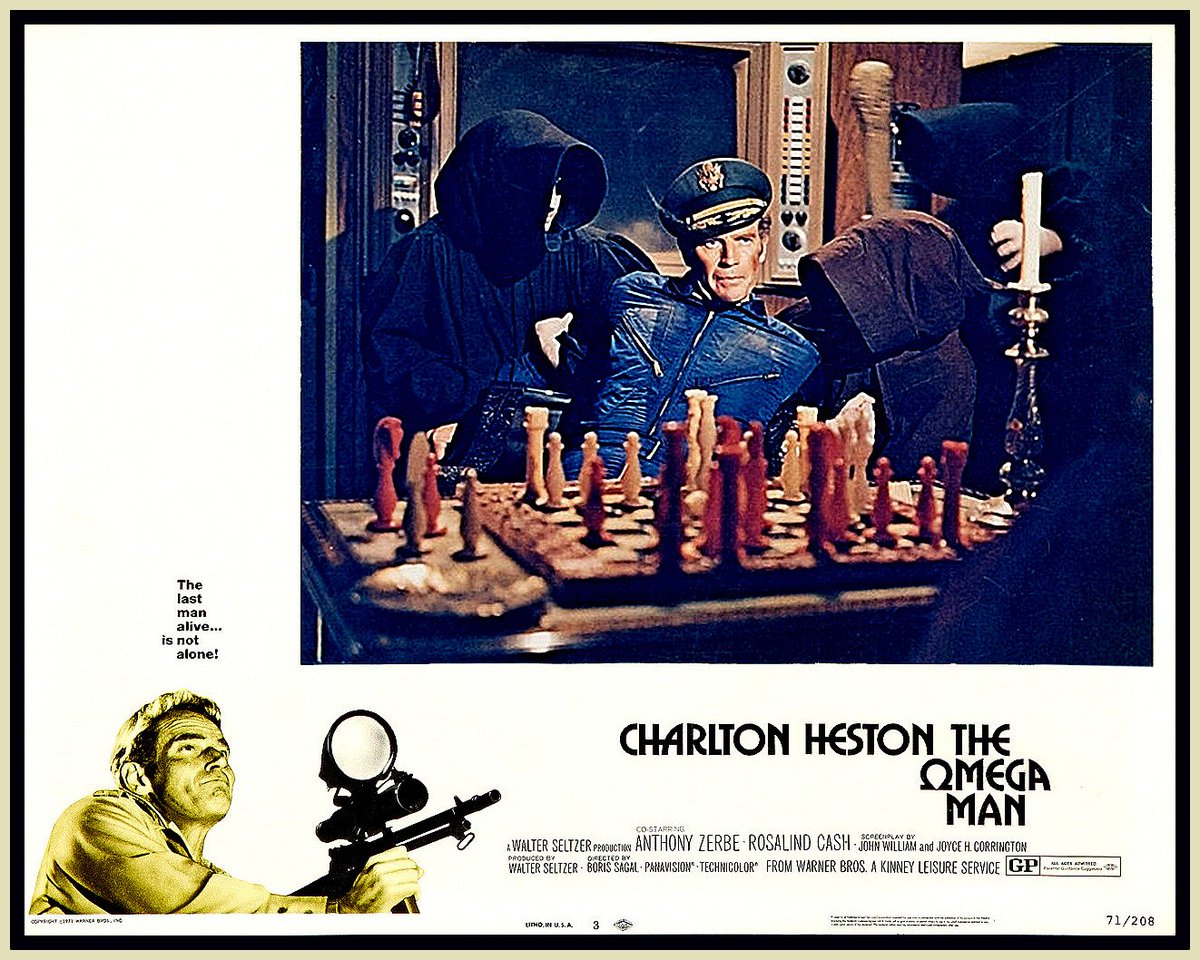 I’m thrilled to tell you all that episode 422 of The Projection Booth podcast is live and features yours truly, joining co-hosts Mike White and Maurice Bursztynski, to talk about Boris Sagal’s 1971 dystopian science fiction film, The Omega Man.
I’m thrilled to tell you all that episode 422 of The Projection Booth podcast is live and features yours truly, joining co-hosts Mike White and Maurice Bursztynski, to talk about Boris Sagal’s 1971 dystopian science fiction film, The Omega Man.
The Omega Man stars Charlton Heston as Richard Neville, the last human survivor of a devastating biological plague – so he thinks. Neville spends his days hunting down the only other remnants of the human race, a group of anti-technology, homicidal mutants, known as the Family, and headed by an ex-TV news reader, Matthias (Anthony Zerbe). At night, the only time that the sun sensitive mutants can come out, Neville holes up in his swanky Los Angeles apartment, trying to avoid being killed and living a weird pantomime of his pre-apocalypse linking, drinking too much and playing chess with a statue of Julius Caesar.
That is until he discovers another human survivor.
There are several reasons why I am so enamoured by The Omega Man. As I discuss in my monograph on another masterpiece of 1970s dystopian SF cinema, Rollerball, SF was a relatively marginal genre of cinema until 1968. That year saw two films released that changed the perception of the genre: Planet of the Apes and 2001: A Space Odyssey.… Read more
Posted in Anthony Zerbe, Blaxsploitation, Dystopian cinema, Science fiction and fantasy
Tagged 2001: A Space Odyssey (1968), Anthony Zerbe, Boris Sagal, Charlton Heston, I Am Legend, Mike White, Planet of the Apes (1968), Richard Matheson, Rosalind Cash, The Last Man on Earth (1964), The Omega Man (1971), The Projection Booth podcast, Vincent Price
Pulp Friday: The Laughing Policeman
 The Laughing Policeman is probably better known as the title of a book than a film, but both are the subject of today’s Pulp Friday offering.
The Laughing Policeman is probably better known as the title of a book than a film, but both are the subject of today’s Pulp Friday offering.
Originally published in 1968, The Laughing Policeman was fourth in a series of ten books featuring the bad tempered police detective, Martin Beck, by Swedish crime writing duo, Maj Sjowell and Per Wahloo. The book was adapted into a film, directed by Stuart Rosenburg, and released in 1973.
The covers in today’s post include both the original novel and the paperback-tie in for the film. The one above is the 1974 Bantam edition. In order those below are: the back cover to the 1974 Bantam edition, the cover of the 1977 Vintage edition, and the 1974 UK paperback tie-in for the movie, published by Sphere. The film appeared under that title in the UK.
The series is very famous and I don’t think I have to go into detail about it here. The plot of the original The Laughing Policeman novel concerns a gunman who shoots passengers on a public bus, killing eight people and wounding one. Beck and his team believe the murders are a disguise for the murder of a police detective who was engaged in an out of hour’s investigation into the murder of a 16-year-old Portuguese sex worker.… Read more


